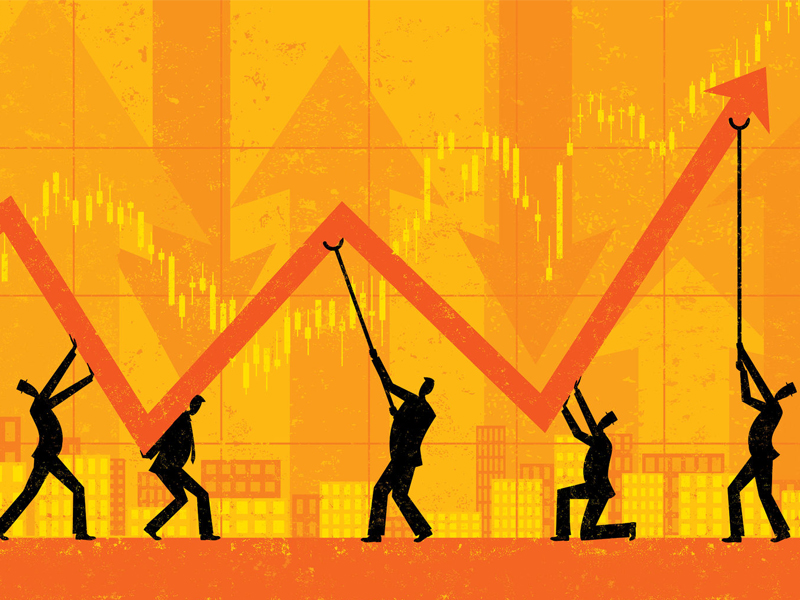
After waiting for half a year, Stephen Poloz appears ready to get back on his rate-hiking path this week.
Recent signals from the Bank of Canada governor, combined with strong economic data, have experts widely predicting Poloz will raise his trend-setting rate Wednesday from its current level of 1.25%.
Citing a prudent, data-dependent approach, Poloz hasn’t touched the rate since he increased it in January, a move that followed increases last year in September and July.
Another hike this week would come with Canada facing a number of trade-related uncertainties, including NAFTA talks, U.S. steel and aluminum tariffs and the threat of more duties on the economically critical automotive sector.
But even with such unknowns, TD chief economist Beata Caranci said she expects Poloz to work with the positive data he has in front of him.
Experts have been pointing to the many healthy numbers of late, such as the Bank of Canada’s own survey on business sentiment, tightened job markets and growth in wages.
“The data has not disappointed,” Caranci said Monday in an interview.
If the trade dispute deteriorates further, resulting in something as damaging to the economy as auto tariffs, hiking the interest rate now would also give Poloz more flexibility to lower it down the road, if necessary.
With the economy operating close to full capacity, waiting too long to start raising the benchmark runs the risk the central bank would have to introduce increases more aggressively, Caranci said.
“They want to do this in a very measured and telegraphed way, so that businesses and individuals can prepare accordingly,” she said of the bank’s rate-raising trajectory.
Aside from the U.S. trade threat, there isn’t much to keep the Bank of Canada on hold, added Brett House, deputy chief economist for Scotiabank Economics.
And when it comes to the trade risks, House said the central bank has likely been reassured by the positive performances of key economic indicators over the last six months, notwithstanding the intense uncertainty surrounding the Canada-U.S. relationship and the volatility that comes with it.
It was reasonable to think at the beginning of the year that the unknowns surrounding NAFTA talks could pause business investment and lead to a decline in activity, he said. Instead, the numbers have pointed to healthier sentiment and very strong investment over the first six months of 2018.
“You could call it holding off or you could call it following through on exactly what they said about being data-dependent, being cautious,” said House, who said he expects Poloz to hike the rate Wednesday and then again once more this year, as well as another three times next year.
But while expectations are high that Poloz will raise the rate this week, a smaller group of experts believes the ongoing trade uncertainty will be enough to keep the bank in a holding pattern for now.
Higher inflation figures are a signal Poloz has a green light to hike the rate, but trade developments since the central bank’s last meeting — including stalled NAFTA talks and a possible trade war between the U.S. and China — will be enough to give Poloz pause, the National Bank of Canada wrote in a recent note.
“We expect the central bank to remain on the sideline this week, an opinion that runs counter to the market’s view.”